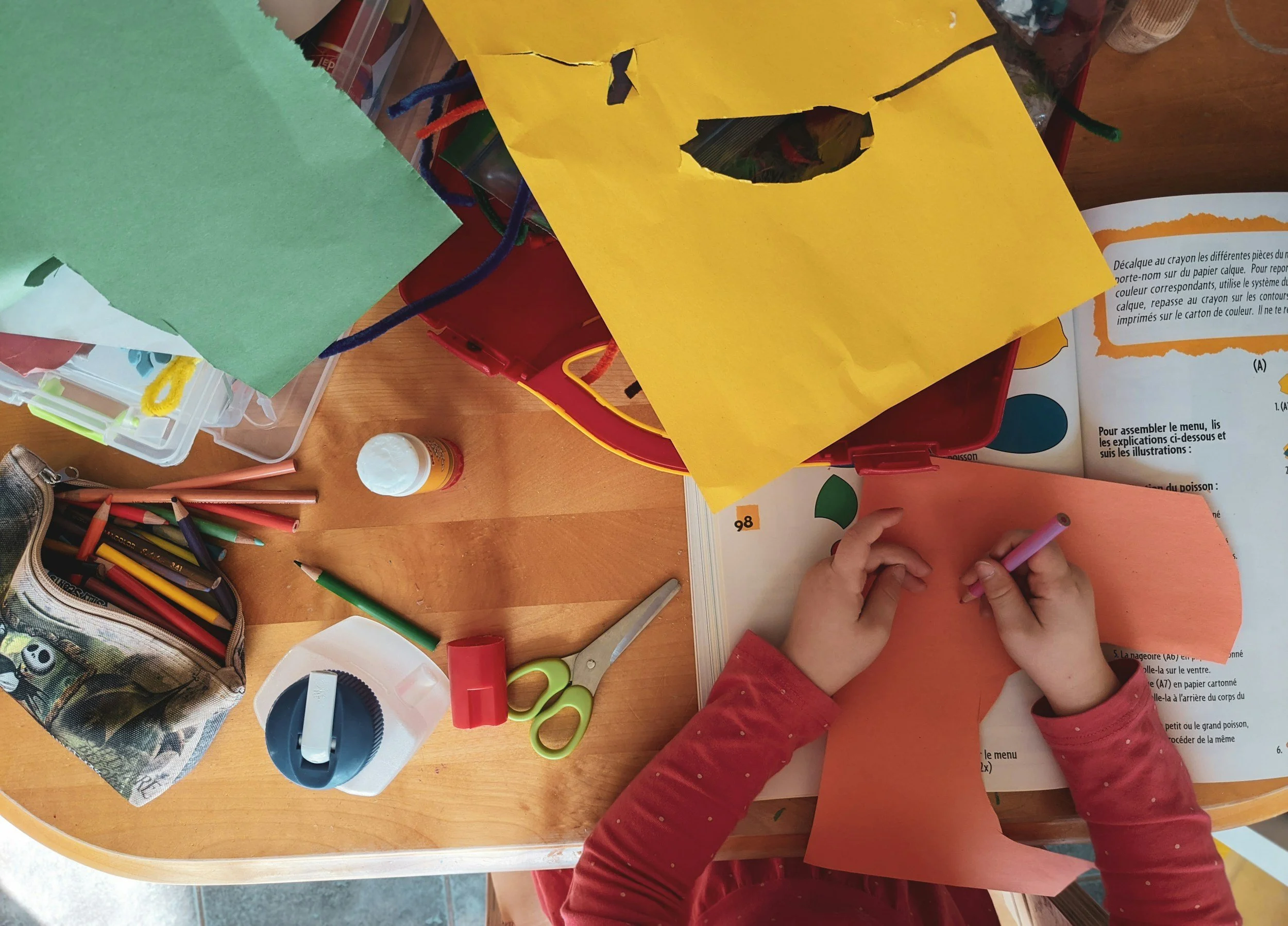
About Inclusive Education

“The fundamental principle of inclusive education is the valuing of diversity within the human community… When inclusive education is fully embraced, we abandon the idea that children have to become “normal” in order to contribute to the world… We begin to look beyond typical ways of becoming valued members of the community, and in doing so, begin to realize the achievable goal of providing all children with an authentic sense of belonging.”
— Norman Kunc
What is inclusive education?
Inclusive education is a pairing of philosophy and best educational practices with a strong foundation in law, supported by over 30 years of research as to its benefits to children with—and without—disabilities.

“Inclusion is a basic value that extends to all children, everyone belongs, and everyone is welcome.”
— Luanne Meyer
Inclusion as a Civil Right
The roots of inclusion came out of the Civil Rights movement of the 1950s and 1960s. In 1954, the Supreme Court observed in Brown v. Board of Education that, “[s]eparate… facilities are inherently unequal...” The same arguments, originally applied to race, were repeated on behalf of children with disabilities in the late 1960s and early 1970s.
Brown became the springboard upon which parents of children with disabilities in Washington, D.C., and Pennsylvania fought successfully in court to end the exclusion of their children from their local public schools. It led directly to the passage of Public Law 94-142 in 1975, now known as the Individuals with Disabilities Education Act (IDEA).
Educating children with disabilities in schools and classrooms with non-disabled peers was a principal objective of Congress in passing IDEA, the ultimate goal of which is to, “Ensur[e] equality of opportunity, full participation, independent living, and economic self-sufficiency for individuals with disabilities” 20 U.S.C. § 1400(C)(1). IDEA’s least restrictive environment (LRE) provision entitles every child with a disability to an appropriate education in classrooms with non-disabled peers, as much as appropriate.

“Inclusion is a right, not a privilege for a select few.”
— Judge Geary, Oberti v. Board of Education (D.N.J. 1992)
Inclusion in the Courts
To ensure LRE, Congress added placement rules to IDEA allowing removal of a child with disabilities from general education classrooms to “special classes or separate schooling” only when his/her/their education could not be achieved satisfactorily in general education classrooms despite the use of supplementary supports and services. In order to prevent removal for other than educational reasons, the federal law further prohibited a school from removing a child based upon the category of the disabling condition, the availability of space, staff, or services, administrative convenience, or any perceived attitude of non-disabled peers or teachers.
The courts have found general education settings to be the environments most conducive to practicing and generalizing those social, communication, and academic skills which children need to live and work in a primarily non-disabled world. This basic presumption toward inclusive education as a civil right has been supported over and over again by the federal courts in such landmark cases as Daniel R.R. v. State Board of Education, Greer v. Rome City School District, Oberti v. Board of Education of the Borough of Clementon School District, and Sacramento City Unified School District v. Rachel Holland decided by the Fifth, Eleventh, Third, and Ninth Circuit Courts, respectively.
Consistent across all the decisions is the holding that, before denying a student the opportunity to be in an inclusive setting, school districts must demonstrate that placement in the general education class with appropriate support services and supplementary aids will not result in benefit for the student.
The U.S. Supreme Court has denied review of the Holland decision, suggesting that these appellate court decisions will be the standard for some time to come.

“While [inclusion] surely requires readjustment and considerable effort on the part of educators, and on the part of the community in general, it is a small price to pay to increase the opportunity of individuals with disabilities to become fully-functioning, productive, and co-equal members of society, and of individuals without disabilities to learn in a world where individuals with disabilities are so included.”
— Judge Geary, Oberti v. Board of Education (D.N.J. 1992)
Inclusion in Educational Practice
The word inclusion was actually coined in the late 1980s to distinguish placement in the general education classroom with appropriate supports from placing a child into general education classrooms without any supports, a practice commonly referred to as “mainstreaming.”
But, today, inclusion is not just about children with disabilities. The kinds of research-based educational practices which support students with disabilities in classrooms such as universal design for learning, differentiated instruction, collaboration, are part and parcel of what experts consider best practice for all children in our increasingly multi-ability classrooms. The focus is on bringing together resources and expertise to meet the needs of all children.
As one example, when we differentiate materials and practices in a classroom to support students with disabilities, we are also thinking about supporting learners who may have English as a second language, whose learning is being impacted by stress at home, and those who are way ahead of the rest of the class and need opportunities to delve more deeply into concepts.
All inclusive practices and supplementary supports and services are portable to any classroom. Placing children with disabilities in natural proportions in general education classrooms, with supports following them into those classrooms, is the approach that inclusive schools strive to achieve.

“Inclusive schools are schools that seek to make classrooms responsive for every kid, regardless of their gender, ethnic or cultural differences, family differences... Inclusive schools are responsive to any kind of difference...”
— Paula Kluth
